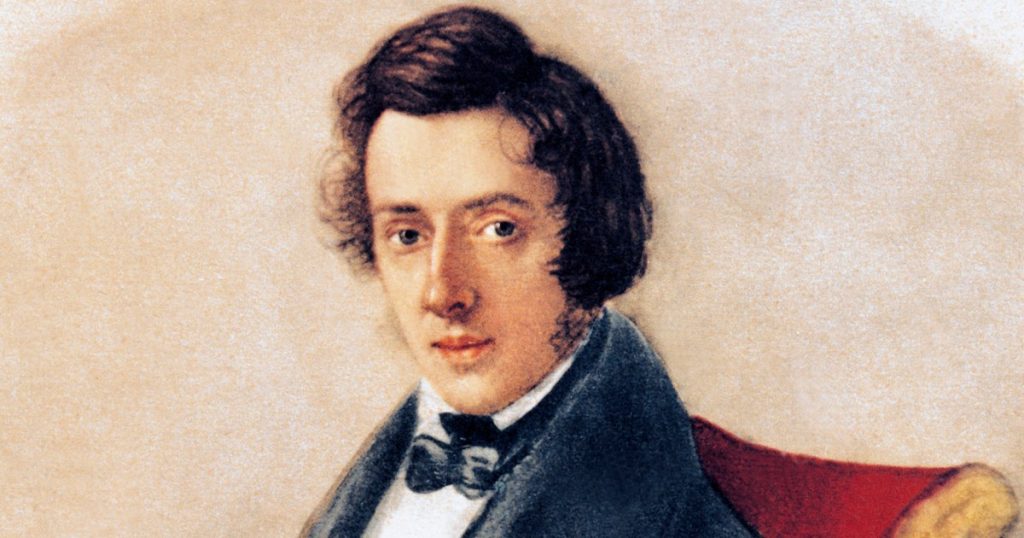A previously unknown waltz believed to be penned by Frédéric Chopin has been discovered in the vault of the Morgan Library and Museum in New York nearly 200 years after it was first written. The piece dates back to between 1830 and 1835 and was found on a card bearing the famous composer’s name. Curator Robinson McClellan stumbled upon the score while cataloguing new collections and worked with a Chopin expert from the University of Pennsylvania to authenticate it. While the waltz is not signed by Chopin, the penmanship closely matches his, including distinctive bass clef and doodling characteristic. Many who have heard the piece believe it sounds like Chopin, though its authorship cannot be definitively confirmed.
Renowned Chinese pianist Lang Lang recorded the newly discovered waltz for the New York Times, describing it as typical of Chopin’s style with a mix of dramatic darkness and beauty. Chopin, who was born in 1810 to a French father and Polish mother near Warsaw, wrote predominantly piano solos during his short life. The museum believes the manuscript was penned when he was in his early 20s. While experts estimate Chopin wrote around 28 waltzes, only a limited number were published during his lifetime and after his death. The discovery of this unknown waltz adds to the relatively small number of known works by the composer, shedding light on his early compositions and providing new insights into his musical style.
McClellan, who was initially uncertain about the authenticity of the piece, used his own keyboard to play the waltz and gauge its resemblance to Chopin’s known works. He noted that the music was written on paper that Chopin himself used in his own hand, lending credibility to its authorship. While the manuscript lacks a formal signature, the overall characteristics of the music align with Chopin’s style, further supporting the theory that he is the composer. The New York Times reported that the waltz is not a highly complex composition by Chopin’s standards but possesses an authenticity that resonates with listeners familiar with his work, capturing the essence of his musical genius.
Chopin’s legacy as a composer is primarily centered around his piano solos, showcasing his versatility and innovative approach to music composition. The discovery of the unknown waltz offers a glimpse into his early career and sheds light on a lesser-known aspect of his musical output. Lang Lang’s recording of the piece highlights its beauty and evocative quality, drawing attention to Chopin’s ability to convey emotional depth through his compositions. The waltz, while not widely known or published, exemplifies Chopin’s talent for crafting melodic and expressive music that endures over time, captivating audiences and musicians alike with its charm and sophistication.
The Morgan Library and Museum’s find of the unknown waltz adds to the rich tapestry of music history and reinforces Chopin’s status as one of the most influential composers of the Romantic era. The manuscript represents a valuable addition to the repertoire of Chopin’s works, providing researchers and music enthusiasts with new material to analyze and appreciate. The waltz’s discovery underscores the ongoing fascination with Chopin’s life and music, offering a fresh perspective on his career and artistic development. Despite the mysteries surrounding its creation and provenance, the new piece serves as a testament to Chopin’s enduring legacy and continued relevance in the world of classical music.


